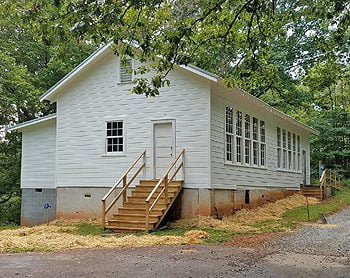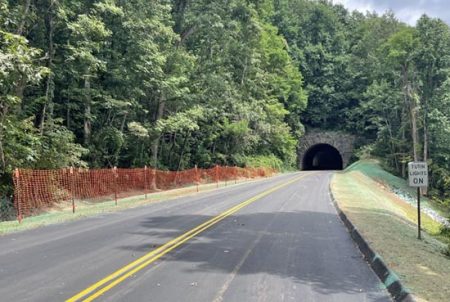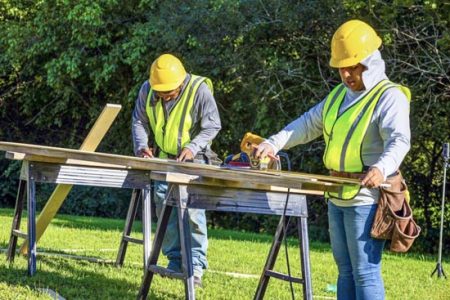Mars Hill Anderson Rosenwald School Receives Federal Designation

The Mars Hill Anderson Rosenwald School, the only Rosenwald school still standing in western North Carolina, has been added to the National Register of Historic Places.
More than 5,300 Rosenwald schools were constructed under a program established by Booker T. Washington and Julius Rosenwald, President of Sears, Roebuck, between the program’s inception in the late 1910s and 1932. Until desegregation in the 1960s, the schools served rural African American communities across the South from Maryland to Mississippi, with 818 built in NC, more than in any other state.
The Mars Hill school, in the historically black Long Ridge community, has been designated the Mars Hill Anderson Rosenwald School to honor Joseph Anderson, a slave and master brick mason who helped build Mars Hill College. Anderson was used as collateral when a loan became overdue, being held in the Buncombe County jail until the borrowers caught up with their payment.
The school closed in 1965, but the property became part of the Madison County School system, which still owns the building. Over the years it was used as a community center and a tobacco barn, as well as for storage. Renovation was undertaken in 2009 by a committee that includes several alumni of the school as well as historians, a museum curator, and community leaders.
National Trust grant received
Almost simultaneously with the designation by the National Register, the restoration program was the recipient of a “bricks-and-mortar” grant from the African American Cultural Heritage Action Fund, a program of the National Trust for Historic Preservation. The grant will further the building’s rehabilitation, which includes restoring and reconstructing interior walls, doors, and floors and incorporating new electrical wiring and plumbing. When it opens to the public in 2019, the Mars Hill Anderson Rosenwald School will serve as a historic site and interactive museum.
Committee member Lauren Rayburn of Barnardsville, who works as an environmental planner with the U.S. Department of Agriculture, initiated the grant application.
“In my job I’m responsible for conducting environmental reviews for grant assessments, and I came across the grant program from the Cultural Heritage Action Fund,” she said.
The committee decided to pursue funding, both for its educational programming and for its physical restoration (the “bricks-and-mortar” award). The school received one of only 16 grants awarded nationwide.








